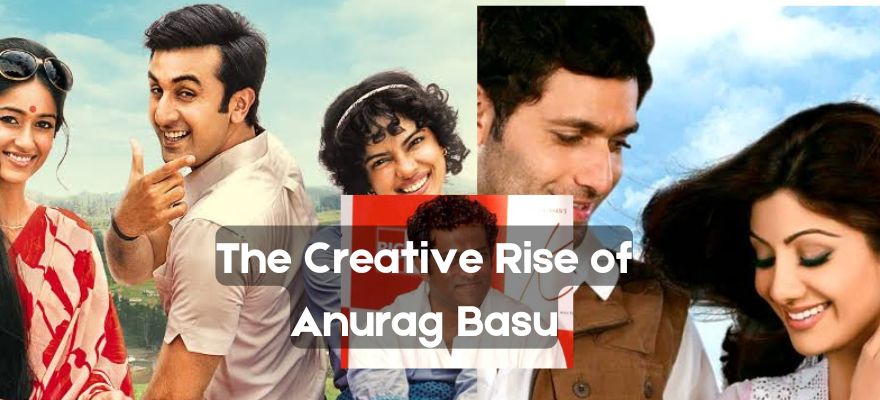Anurag Basu’s movie journey is a remarkable tale of creativity and passion. From his early days in the industry to becoming a renowned director, his films showcase his unique storytelling style, blending emotions, drama, and innovation that have made him a standout figure in Bollywood. Lets dig into his personal life and as a director, what he achieved.
Page Contents
From Background Dancer to Acclaimed Filmmaker
Anurag Basu roles have included working as a background dancer, being a best friend to the hero, assisting a cinematographer, helping a make-up artist, and eventually serving as an AD on TV shows. He has experience directing television—anyone remember “Tara”? The experience taught him the valuable skill of budgeting.
Basu’s battle with cancer
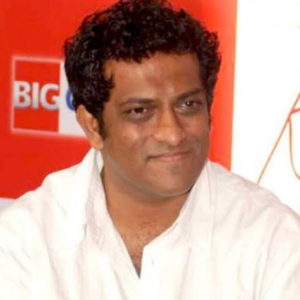
Not only did he defeat cancer, but he also earned the esteemed title of director in Indian cinema. Anurag hails from Raipur and grew up in Bhilai, known as the Steel City of Chhattisgarh. With parents involved in theater and films, his career is truly remarkable.
He has experienced as many highs as lows in his life.According to Anurag Basu, younger people should not wait for significant opportunities; instead, they should utilize their time and talent wisely. “Seize whatever opportunity crosses your path!” he advises.
He also emphasizes the often-cited philosophy of “believe in yourself” as the key to success. Anurag ranks theater as the toughest medium, followed by television and cinema, while he considers TV commercials to be the least challenging.
Anurag Basu’s Movies – The Creative Rise of Anurag Basu
Metro In Dino
He almost made a film for Ekta Kapoor titled “Kuch Toh Hai,” which he has since disowned. Anurag has directed various films for Vishesh Films, including the adaptation of “Unfaithful,” titled “Murder”. He has also worked on a film for Rakesh Roshan. He gained wider recognition with “Barfi!” and “Ludo,” which has added another feather to his cap.
Anurag’s directorial prowess lies in his skill to create complex and emotionally charged stories that explore the depths of the human mind. He excels at eliciting genuine, intricate, and captivating performances from the exceptional and not so exceptional actors he works with. He was learning to be a cinematographer. And he makes use of the knowledge in his films to enrich visually stunning images.
Basu’s films have the quality of resonating with audiences irrespective of borders, as they combine emotional depth and universal appeal. Here’s the list of his films from worst to best.
Kites: A Disappointing Debut
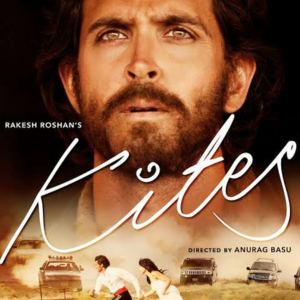
Despite being Barbara Mori’s debut in Bollywood and starring Hrithik Roshan and Kangna Ranaut, the movie bombed at the box office. The major reason for this was its convoluted plotline, which is unbelievable even by Bollywood standards, wasting the breathtaking cinematography. There were rumors of a clash between its producers and Anurag Basu.
“Kites,” like many other Basu films, relies on flashbacks. But this time the intertwining of Spanish-speaking and Hindi-speaking plotlines isn’t believable. The characters feel half-baked were not well-developed. The car chase sequences become repetitive after a while, leaving you with a jumble of ideas with love at its core.
It has a good soundtrack by Salim-Sulaiman and lyrics by Rajesh Roshan. However, the film’s ending has a “Gangster” touch that doesn’t work for “Kites.”
Saaya :The Birth of a Visionary Storyteller
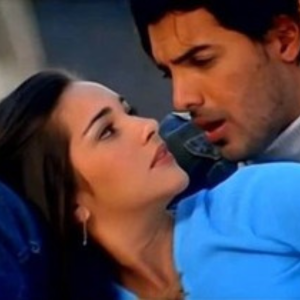
This movie, Anurag’s first, showcases the qualities that have made him the renowned Indian director he is today. Whether it’s visual flair, inventive storytelling, or emotional depth, all the essential elements are present.
The film borrows some plot elements from R.K. Narayan’s “The English Teacher.”The story follows Akash, a widower played by John Abraham, who grieves the loss of his wife, Maya, who died in a flood.
He believes she is attempting to reach out to him from beyond through individuals who have had near-death experiences. Is she truly contacting him, and if so, what is the reason? The film provides answers to these questions, adding a touch of magic.Good songs and a cameo by Mahima Choudhary further embellish the film.
Murder: An Erotic Thriller That Redefined Indian Cinema
Starring Emraan Hashmi and Mallika Sherawat, “Murder” was a sensation upon its release. Whether it was the captivating songs that lingered in the mind or the seductive scenes featuring Mallika Sherawat, everything became a topic of conversation in town.
The movie relies heavily on flashbacks—sometimes even flashbacks within flashbacks—which adds to the intensity of the film’s final climax. “Murder” is an adaptation of “Unfaithful,” which is itself based on the French film “The Unfaithful Wife.”
This film established Anurag as a director to watch. “Murder” marks the beginning of a film series of the same name. And it significantly boosted the careers of both Hashmi and Sherawat. As an erotic thriller centered around murder, it stirred controversy by portraying adultery from the wife’s perspective in a sensational manner.
Gangster: The Launch of a Star
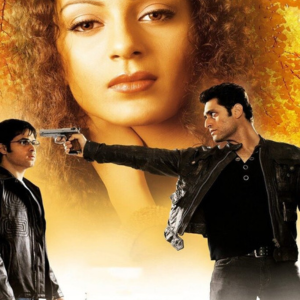
The release of “Gangster” marked beginning Kangna Ranaut’s successful career in Bollywood. The songs from the film remain popular and played at select events.
The film unfolds through a series of flashbacks, with some flashbacks containing additional layers of memory. Simran, portrayed by Kangana Ranaut, is shot in the chest, leaving the identity of the shooter and the motive shrouded in mystery. We are then transported to a flashback where Simran is drowning her sorrows in alcohol. Her only friend, Akash, played by Emraan Hashmi, wants to help her, but she refuses to accept his support.
Simran is a bar dancer who becomes involved with a gangster named Daya, portrayed by Shiney Ahuja. It is later revealed that her troubled relationship with Daya has contributed to her drinking problem. It’s important to keep in mind the unanswered questions surrounding Akash and his intentions towards Simran, as revealing them would spoil the experience for viewers.
The originality of the film “Gangster” can be credited to Anurag Basu, who wrote the screenplay.
Jagga Jasoos: A Musical Detective Adventure
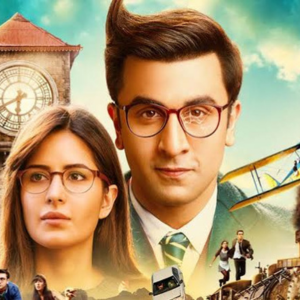
“Jagga Jasoos,” as the name suggests, is a detective story that is uniquely presented as a musical. The protagonist, Jagga, stammers, and to help him overcome this challenge, his adoptive father teaches him a technique: singing out his words. This method proves effective for Jagga.
The movie revolves around Jagga’s quest to find his guardian, Mr. Bagchi. He receives assistance from Shruti Sengupta, a journalist who becomes involved in the case. Jagga feels a strong connection to her, as her methods closely resemble those of Mr. Bagchi.
Anurag Basu, the film’s director, is highly inventive in his use of the audio-visual medium. He transforms the dialogues into lyrical expressions that suit the plot. And he also highlights the characters’ idiosyncrasies to draw parallels between them. Jagga is portrayed as a keenly observant detective. While he may not follow the traditional styles of Sherlock Holmes or Hercule Poirot, he embodies the spirit of characters like Feluda or Tintin.
Although the film did not perform well at the box office, it received critical acclaim, particularly for its memorable songs.
Life.. in a metro: Tales of Love in a Metropolis
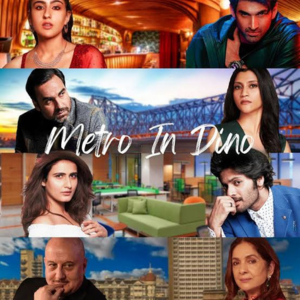
The strength of the film comes from its talented cast, including Irrfan Khan, Konkona Sen Sharma, Shilpa Shetty, Kangana Ranaut, Dharmendra, and Kay Kay Menon, who each deliver compelling performances in interwoven stories set in Mumbai. This film exemplifies hyperlink cinema, emphasizing love and its various attachments.
“Life… in a Metro” features music by Pritam and his team, who not only composed the score but also performed on-screen, giving the film an improvised feel.A sequel titled “Metro… in Dino” is currently in the works, featuring a different ensemble cast. If it captures the same essence as the original, it is sure to attract audiences eager for tickets.
Barfi: A Heartfelt Exploration of Unique Love
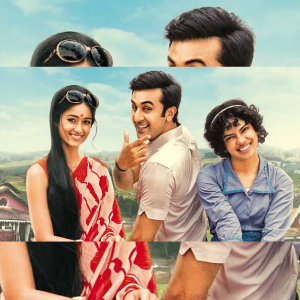
Anurag Basu employs his signature style to great effect in this film. He utilizes flashbacks skillfully, presenting a love triangle that defies stereotypes and showcases a unique love story, complemented by pleasing songs and captivating cinematography.
The character Barfi, played by Ranbir Kapoor, is a deaf and mute, happy-go-lucky man whose positive attitude remains unshaken, no matter the circumstances. Shruti, portrayed by Ileana D’Cruz, is engaged to Jisshu but finds herself falling for Barfi. Despite their mutual feelings, Shruti’s mother convinces her to go through with her marriage to Jisshu, which she ultimately does.
Meanwhile, Muskaan, a special children’s home, welcomes Jhilmil, a wealthy autistic girl who inherits her grandfather’s fortune. However, she is kidnapped for ransom. In a twist of fate, Barfi, who is desperate for money to save his father’s life, becomes her kidnapper. As events unfold, Jhilmil chooses to return to Barfi, and their love story begins.
This film serves as an emotional counterpart to the French movie “Amelie.” With minimal dialogue, the actors convey much of the narrative through their performances, given the subject matter. Both Ranbir Kapoor and Priyanka Chopra deliver commendable performances. As a director, Basu’s ability to explore the complexities of human emotion with sincerity is a testament to his skill as a storyteller.
Ludo: A Comical Crime Tale of Fate and Intricacy
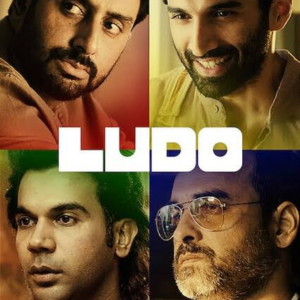
Anurag makes a cameo in “Ludo,” which features a stellar cast including Abhishek Bachchan, Aditya Roy Kapur, Rajkummar Rao, Pankaj Tripathi, Fatima Sana Shaikh, Sanya Malhotra, Rohit Suresh Saraf, and Pearle Maaney. The film, directed by Anurag, is a multi-narrative comical crime story that delves deep into the intricacies of fate, offering no easy answers. We are presented with twisted conclusions regarding the destinies of complex characters, encapsulated in the dialogue, “Sawaal jalebi par jawab kalakand chahiye.”
Bottom Line
Anurag Basu’s movie journey is a true reflection of his talent and vision. His films continue to captivate audiences, proving that with creativity and dedication, a director can leave a lasting impact on cinema.
